Description
Just 23 years old, Herbert Bayer was called to design a series of Notgeld for Thuringia in Weimar, a liberal stronghold and then capital of Germany. It was the 8th of August in the year 1923. Virtually overnight, he realize a compelling, functional concept in the programmatic ideas of the Bauhaus.
He was a painter and currently a so called “youngmaster” of the famous Bauhaus in Weimar. From 1925 on he led his own workshop at the Bauhaus Dessau: typography and advertisement.
The famous “Bauhausausstellung” was forthcoming in the year 1923 between Juli and September and was crucial to clarify the identity and the objectives of the Bauhaus. The “Notgeld” ist the first testimony to the famous change in the Bauhaus, when Walter Gropius expose the slogan “art and technology” a new unit, a new orientation from craft to a technical base.
The influence of the dutch De Stijl-movement is clearly recognized in the draft. These ideas were decisively spread by the artist, provocateur and theorist Theo van Doesburg in Weimar between 1921 and 1923. Bayer uses the De Stijl-typical, strong colours and basic forms, with symmetry and asymmetry. He arranges clearly defined rectangular areas, horizontally and vertically, using just one colour a sequence. He has managed a draft dividing values and series, just as outstanding as modern. This will become particularly clear if you look at the smooth and dark colour range and the imagery which was in use generally: insignia and emblems, or historical topics, squiggly, old German scripture, emotional ideas of the great masses – formulas to strengthen the community – seeds of blood-and-soil-ideology.
Especially striking is the choice of changing colours, which have been issued in a nearly sequence of one to three days. The colours changed consistently and that couldn’t be just dependant on the availability of printing inks. The notes provided a beautiful colour range for everybody. Bayer managed the rotating sequence of primary-colours: yellow, red, blue with secondary-colours (mixtures two primary): orange, green, purple and tertiary-colours (mixtures two secondary): citrin, russet und olive. His teacher in the Bauhaus Wassily Kandinsky started with these colours his theories.
Initially Kandinsky thought it would be useful to isolate the coulors and later to consider them in the context with others. In addition to the investigation of the “internal sound“ of the individual colours, he started in his lessons an in-depth study of the relations between them. He did systematic studies showed how the colours depend on size and colour change (1911-14).
Bayer seems to invite his audience, as well Kandinsky did it, he spread out the sound of individual colours, as in conjunction with others.
The circulation of the notes, swiftly and in large quantities rallied support for methods and ideas of the school. They pleaded for innovation rather than withdrawal, for artistic ethos instead an empty pathos.
With these note Herbert Bayer already showed his great potential. He became one of the leading and internationally renowned typographers of the century.
A real piece of Bauhaus design!
Compare: Hans M. Wingler (Ed.): Herbert Bayer: Das künstlerische Werk 1918-1938, Bauhaus Archiv Berlin 1982, p.29. Bauhaus 1919-1923 catalogue of 1988 Brussels exposition on the Bauhaus Page 92, 62.
Exhibited in the MoMA Museum of Modern Art, New York: “Bauhaus 1919 – 1933: Workshops for Modernity” in Nov. 2009 and Jan., 2010 and Berlin Bauhaus Archiv, Stiftung Klassik Dessau, Klassik Stiftung Weimar, “Modell Bauhaus” July- Oct. 2009.
Price reference: Quittenbaum Munich Highlight of Design – Made in Germany 27 November 2006 Lot 138, Taxe for one bill: 260$, 200€; Wright auction house Modernist 20th Century 18 May 2003 Lot 111.



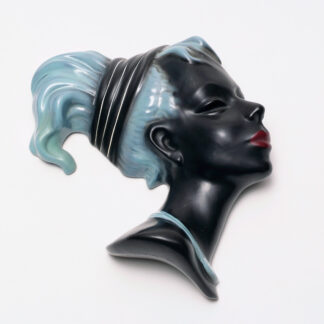
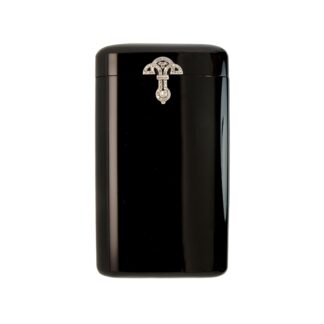
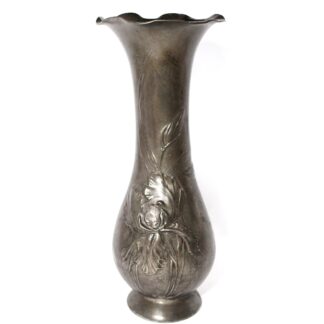
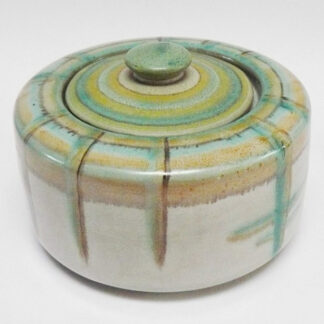
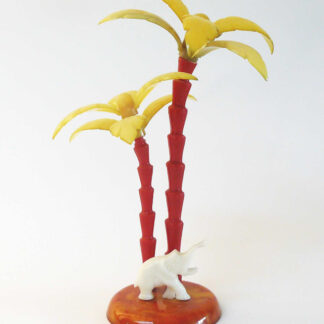
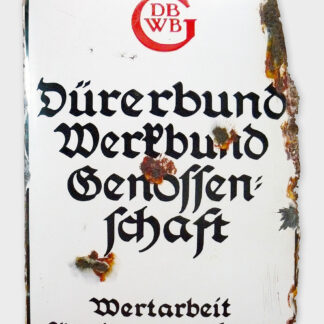
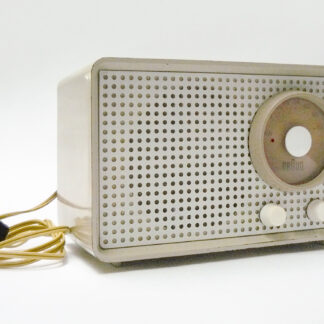
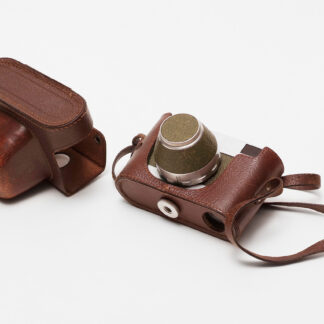
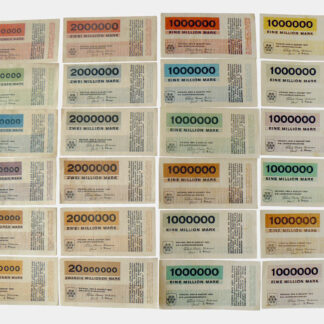
Reviews
There are no reviews yet.